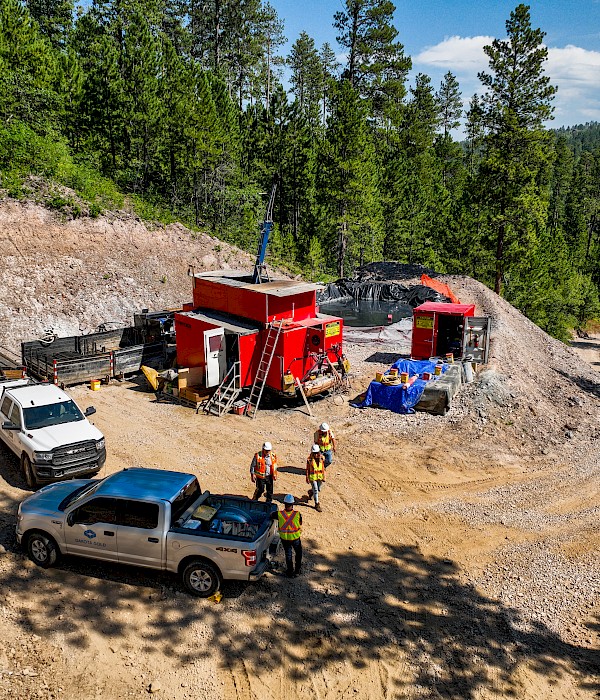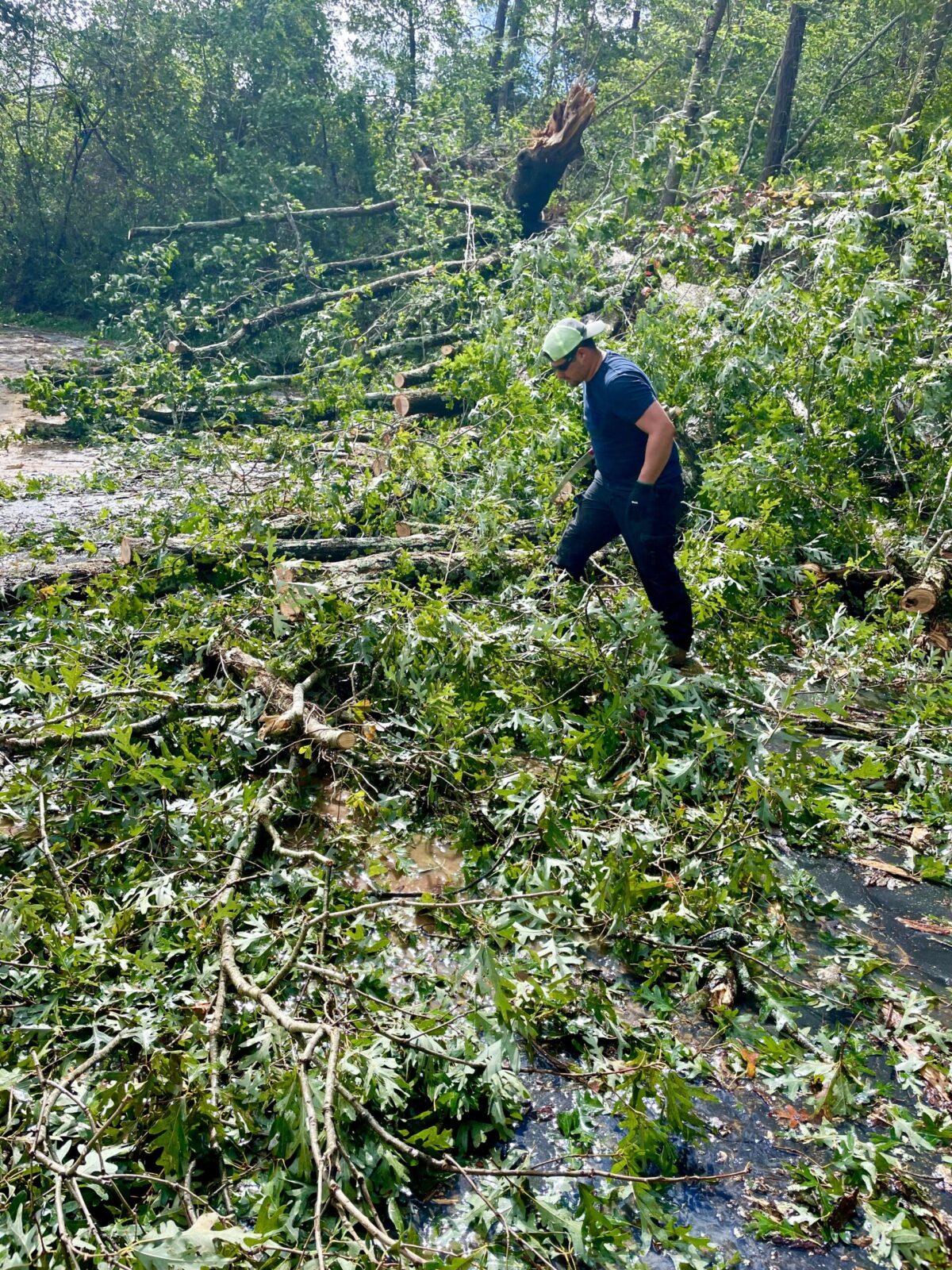As the aviation industry looks to achieve carbon-neutral status by 2050, sustainable aviation fuel has emerged as the magic potion to propel airlines and manufacturers into that era.
But initial enthusiasm about the fuel has given way to a more realistic, if not downright pessimistic, view on the industry’s ambitious target. SAF is still scarce and therefore expensive. Generating the required quantities of alternative fuel would require huge areas of land and natural resources. And footing the bill for the switch would most likely fall to the flying public as the airline industry points to its razor-thin profit margins.
Executives meeting in Lisbon for the World Aviation Festival last week struck a downbeat tone on the 2050 goals. While they weren’t outright abandoned, leaders including Emirates President Tim Clark called for more realism. And the topic will be the central theme again on Tuesday when the International Air Transport Association holds its World Sustainability Symposium in Madrid.
“Don’t fool yourselves on all this,” Clark said of the industry’s targets. “Because if you hold out that things can be achieved by such and such a time, it causes huge dysfunctionality.”
IAG Chief Executive Officer Luis Gallego and Ryanair DAC’s CEO Eddie Wilson have also warned that the path to an emissions-free industry will be long and expensive.
“The reality is that we have ambitious objectives, but we don’t have the way to comply with these,” Gallego said in Lisbon, where his on-stage appearance was briefly interrupted by a duo of protesting climate activists.
Gallego also said that eSAF, a synthetic fuel derived from renewable energy including solar, hydro and wind power, may be more scalable than currently available alternative fuels, which rely on non-petroleum feedstocks like cooking oil, waste, sugar and cereal.
The problem with eSAF, though, is that it’s energy-intensive to produce. So much so, according to Deutsche Lufthansa AG CEO Carsten Spohr, that it would consume half of Germany’s entire electricity production to produce enough for its fleet.
While airline executives say the 2050 targets are still achievable, the production of alternative fuels isn’t there yet. The technology barely makes up 0.15% of the global jet fuel supply, according to IATA, and the sector can’t seem to agree on how to scale its production to make the alternative fuel more abundant.
Even ordinary SAF is hard to churn out in the required quantities, executives said.
“To produce it you need a huge amount of feedstock and you have to have a large amount of fresh water to grow the feedstock, and there’s huge divided opinion as to whether that’s possible,” said Dubai Airports CEO Paul Griffiths. “SAF will be a component in the sustainability agenda, but the problems of production and scale and the pricing differential is going to be a major problem.”
Clark said that it wasn’t airlines’ job to scale and fund the technology to make the sector less polluting. Decarbonizing the planet will cost trillions of dollars and we have to find the money to carry out the changes, he told the audience in Lisbon.
IATA Director General Willie Walsh pointed to a greater need for governments to build incentives to use SAF, something he said is happening in the US but to a lesser degree in Europe, where there’s no comprehensive policy framework in place.
“Europe has taken a position where they can beat people into using SAF,” Walsh said in Lisbon. “To me that’s nonsense. Airlines have used every single drop of available SAF, despite the very high cost.”
Share This:




